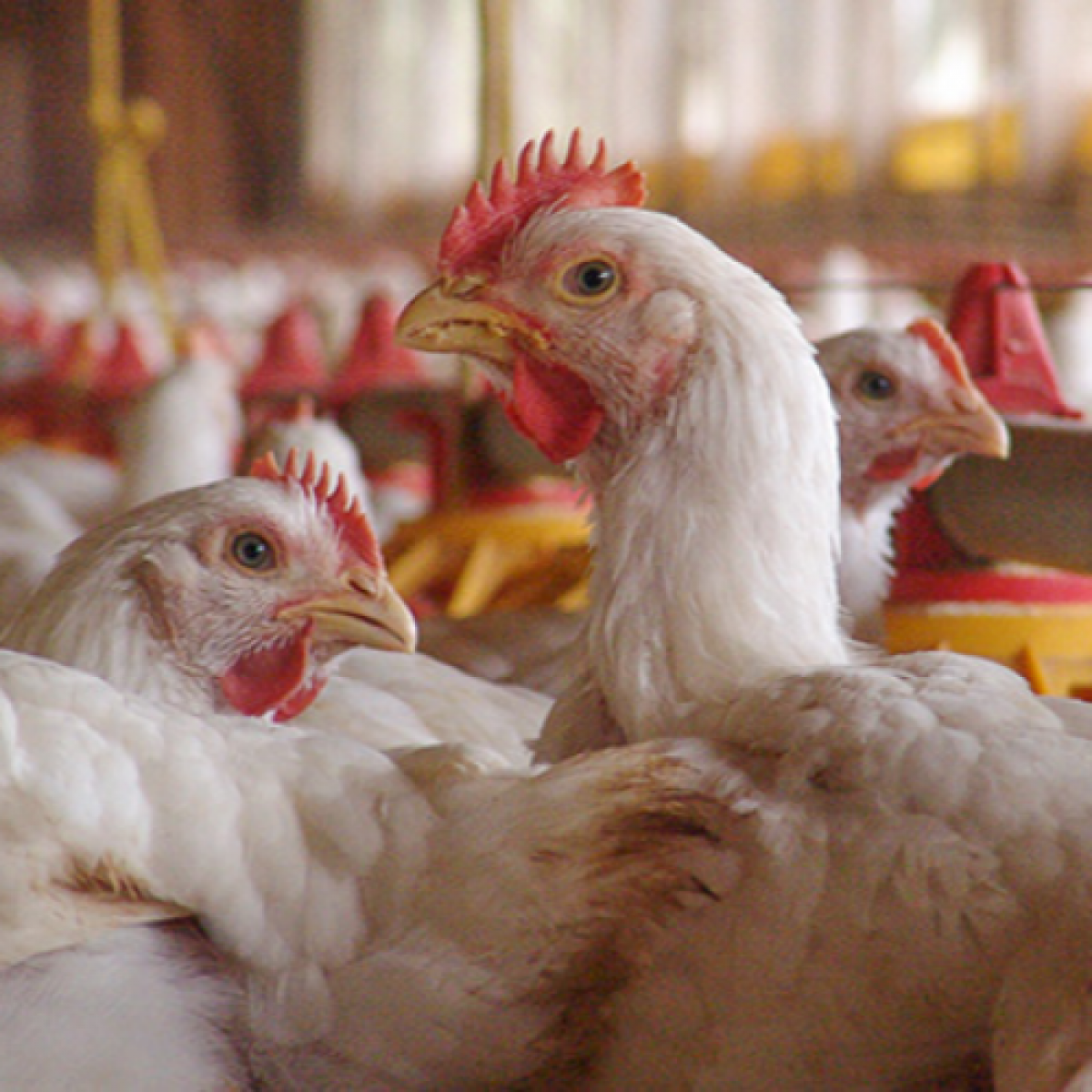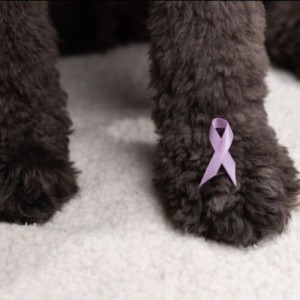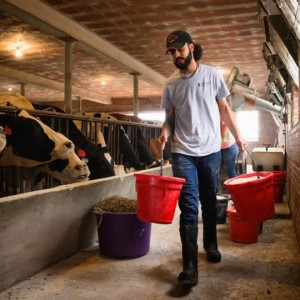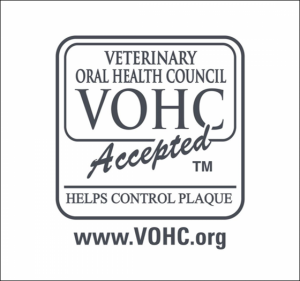What Veterinarians Need to Know About WHO’s Updated List of Medically Important Antimicrobials
by Jenny Alonge
In February, the World Health Organization (WHO) released its updated list of medically important antimicrobials (MIAs). Antimicrobial resistance (AMR) is considered one of the top 10 threats affecting global health and was associated with the deaths of close to 5 million people globally in 2019. If the situation isn’t addressed, some estimates suggest AMR-associated deaths could reach 10 million by 2050. However, AMR may be a significant concern, but the WHO’s MIA list may have unwelcome repercussions for veterinarians.
WHO MIA list’s purpose
The WHO MIA list is meant as a risk management tool with the goal of minimizing antimicrobial use in non-human sectors and helping to reduce AMR in humans. Specific goals include:
Helping medical and animal health professionals understand the antimicrobials used in non-human sectors that increase risk to human populations, and how antimicrobial use can be managed to minimize AMR.
Categorizing antimicrobial classes authorized solely for human use, solely animal use, and for use in humans and animals, based on their medical importance in human medicine and their potential risk for AMR spread.
Providing guidance for risk assessment relating to antimicrobial use and AMR in non-human sectors.
WHO MIA list revisions
The last WHO MIA list revision was published in 2018. The most recent list includes three new categories to provide a better approach for antimicrobial class assessment. The new categories include:
- Authorized for use in humans only — Drugs in this category include anti-pseudomonal penicillins, carbapenems, and third-, fourth-, and fifth-generation cephalosporins with beta-lactamase inhibitors. WHO stresses that placing these drugs in a separate category does not minimize AMR concerns. They should be used with discretion and considered to have the highest AMR risk, because many are considered the last resort or sole therapy for treating serious drug-resistant human infections.
- Authorized for use in animals only — Medications in this category include antimicrobials authorized only for veterinary use, for which no substantial evidence exists that their use could lead to AMR in the human sector. This section was added to ensure antimicrobials used in animals were properly scrutinized to assess their potential AMR risk in humans. Drugs in this category include aminocoumarins, arsenicals, bicyclomycins, orthosomycins, phosphoglycolipids, ionophores, and quinoxalines.
- Medically important — This category is divided into four sections, based on whether the antimicrobial class is the sole option or one of limited options to treat serious human bacterial infections, and whether the antimicrobial class is used to treat bacterial infections transmitted from nonhuman sources or with resistance genes from nonhuman sources. These categories include:
- Highest priority critically important antimicrobials (HPCIAs) — Drugs in this section include third- and fourth-generation cephalosporins, quinolones, polymyxins, and phosphonic acid derivatives.
- Critically important antimicrobials (CIAs) — Drugs include aminoglycosides, ansamycins, and 14-, 15-, and 16-membered ring macrolides.
- Highly important antimicrobials (HIAs) — Drugs include amphenicols, first- and second-generation cephalosporins, lincosamides, nitroimidazoles, tetracyclines, and penicillins.
- Important antimicrobials (IAs) — Drugs include aminocyclitols, cyclic polypeptides, heterocyclic compounds, hydroxyquinoline, pleuromutilins, and nitrofuran derivatives.
Ramification for veterinary medicine
“The WHO MIA list supports the optimized use of antimicrobial medicines in human and animal health,” the WHO stated in a press release when the revised list was published. However, some recommendations don’t support this statement. For example, the WHO MIA list doesn’t support using novel antibiotics in veterinary medicine, based on the following statement:
“The following best practices statements are aligned with the position of the Quadripartite organizations (FAO, UNEP, WHO, and WOAH) and are critical to preserving the effectiveness of these agents in humans: Any new antimicrobial class that is authorized only in humans will automatically be placed in the authorized for use-in-humans-only category. For implementation purposes, drugs within classes in the group authorized for use in humans only should not be authorized in the future for use in food-producing animals, crops, or plants.”
If the Food and Drug Administration adopts this recommendation, newly developed antimicrobial classes that aren’t currently authorized in food-producing animals would be prevented from ever being used in the sector. This would lead to overuse of available antimicrobials and potential AMR. In addition, drug companies would be dissuaded from investing in new drugs to treat animal diseases.
The list also doesn’t specify whether veterinarians can still use antimicrobials under the Animal Medicinal Drug Use Clarification Act or Compliance Policy Guide 615.115 (Extralabel Use of Medicated Feeds for Minor Species).
While the WHO MIA list is nonbinding, policymakers and regulators refer to the document when making decisions, and this could lead to restricted access to certain antimicrobials in the veterinary field.














List
Add
Please enter a comment